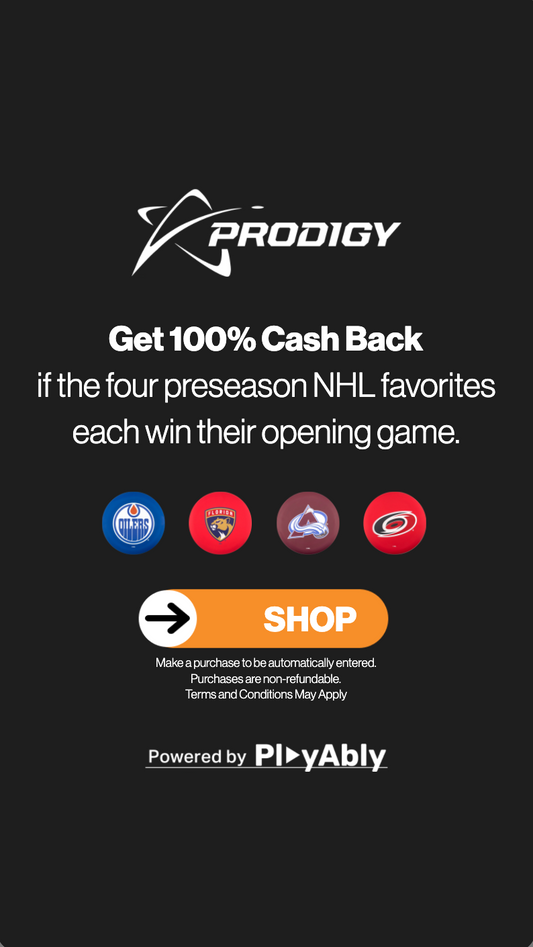How to Use Gamification to Enhance the Customer Journey in eCommerce
Vintage Cars Customizable Game
Creating Customer Journeys Experiences in eCommerce with Gamification
Download The Guide
In eCommerce, a well-crafted customer journey keeps shoppers engaged, guiding them from initial discovery to purchase and beyond. Gamification enriches this journey by adding interactive elements that create a more enjoyable, memorable experience. By using techniques like progress tracking, rewards systems, and personalized recommendations, brands can create a customer journey that feels engaging and rewarding at every step. Here’s how gamification can transform each stage of the eCommerce customer journey, building connections and encouraging long-term loyalty.
Creating a Seamless Gamified Journey: From Awareness to Purchase
The customer journey in eCommerce typically follows these stages: awareness, consideration, conversion, and post-purchase engagement. Gamification can be woven into each of these stages, making the shopping experience feel like a cohesive, engaging journey.
Vintage Cars Customizable Game
Gamification and conversion optimization go hand in hand. While gamification keeps users engaged, conversion optimization ensures that engagement leads to action—whether that’s making a purchase.
Download The Guide1. Awareness: Capturing Attention with Interactive Discovery
The awareness stage is about capturing the attention of potential customers and introducing them to the brand. Gamified elements like quizzes, interactive ads, or spin-to-win discounts add an extra level of excitement to this initial interaction. By offering an incentive—such as a discount or personalized recommendation—brands make a memorable first impression and encourage customers to continue exploring.
For example, a beauty brand might use a “Find Your Perfect Shade” quiz as an introduction. This initial engagement offers value by helping customers find the right products based on their preferences and style. By providing personalized results, brands create a welcoming entry point that feels tailored to each customer.
2. Consideration: Building Interest with Rewards and Challenges
During the consideration phase, customers are weighing their options. Gamified rewards or challenges can encourage them to explore the brand further and provide incentives for additional engagement. A progress-tracking rewards program, for example, allows customers to earn points for specific actions, like browsing collections or adding items to their cart. By creating small, achievable goals, brands can build a sense of accomplishment and keep customers engaged during this decision-making process.
Time-limited challenges also work well here, adding urgency to the shopping journey. A weekend challenge offering bonus points for purchases can encourage customers to make decisions sooner. Research shows that customers are more likely to convert when they feel incentivized to act within a specific timeframe, making this an effective approach for increasing interest and driving conversion.
3. Conversion: Encouraging Purchases with Gamified Offers
At the conversion stage, the goal is to make the checkout process as smooth and appealing as possible. Gamification can be used to reduce hesitations and encourage customers to complete their purchases. A spin-to-win discount at checkout, for example, provides an immediate incentive, helping customers feel more confident about completing their order. Brands can also use countdown timers on checkout pages, creating a sense of urgency that encourages quick decision-making.
Personalized rewards, such as a discount based on past browsing history or points earned in a loyalty program, can also make customers feel valued. This approach taps into the psychology of reciprocity—when customers receive something personalized, they’re more likely to respond positively and complete the purchase.
4. Post-Purchase Engagement: Building Loyalty Through Ongoing Interaction
After a purchase, the focus shifts to creating a relationship that encourages repeat visits. Gamification in the post-purchase phase can help build loyalty by making customers feel connected to the brand. For instance, a loyalty program that tracks points for each purchase creates a sense of progression and rewards customers for their continued engagement.
Seasonal or personalized challenges, such as referring friends or engaging on social media, can also boost post-purchase engagement. These challenges help build a community around the brand, turning one-time buyers into loyal customers who feel valued and involved. Brands that use this approach often see higher customer retention rates, as shoppers enjoy the rewards and the sense of connection fostered through ongoing engagement.
Implementing Gamification to Enhance Each Stage of the Journey
To make the most of gamification in the customer journey, it’s important to ensure a smooth transition between each stage. Gamified elements should feel natural and integrated, enhancing the experience without overwhelming customers.
For instance, using a consistent point system across all stages keeps the journey cohesive, allowing customers to see their progress and rewards build over time. This continuity reinforces the idea that each action brings them closer to more meaningful rewards, encouraging ongoing engagement from awareness to post-purchase.
Evaluating the Impact of Gamification on the Customer Journey
To understand the effectiveness of gamified elements in the customer journey, it’s essential to monitor metrics at each stage:
- Engagement Rate: Tracks how often customers interact with gamified elements, from quizzes at the awareness stage to rewards in post-purchase.
- Conversion Rate: Measures how successfully gamification encourages customers to complete purchases.
- Customer Lifetime Value (CLV): Shows how gamification impacts long-term loyalty and repeat purchases.
- Retention Rate: Evaluates whether gamified post-purchase elements improve customer retention.
Creating a Lasting Impression Through Gamified Journeys
Gamification transforms the eCommerce customer journey, making each stage feel engaging and rewarding. By integrating personalized rewards, challenges, and interactive tools, brands create a journey that customers want to return to. This approach not only increases conversions but also builds loyalty, turning casual visitors into repeat shoppers who enjoy the experience.
When done thoughtfully, gamification can guide customers seamlessly from awareness to loyalty, creating a positive, memorable journey that enhances brand connection. Through careful planning and continuous optimization, gamified customer journeys have the power to drive lasting relationships, building a community of customers who look forward to every interaction.



